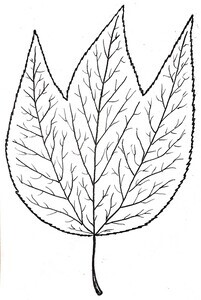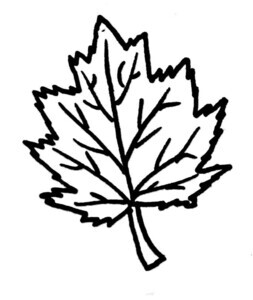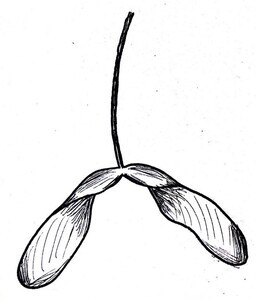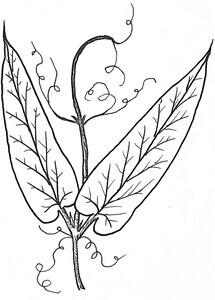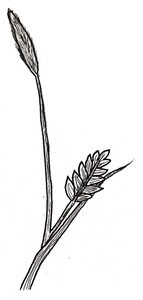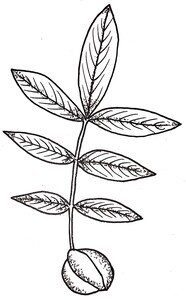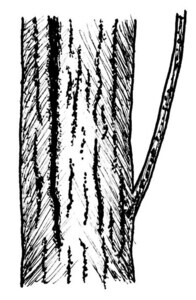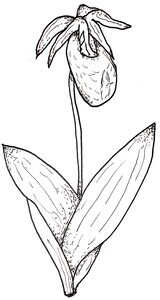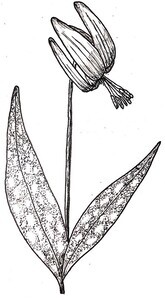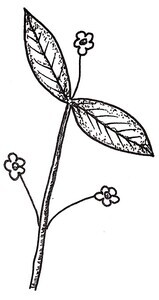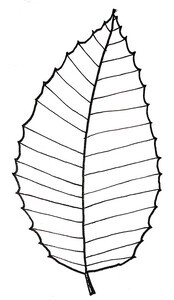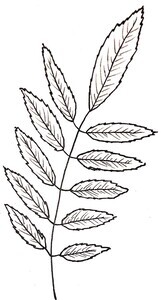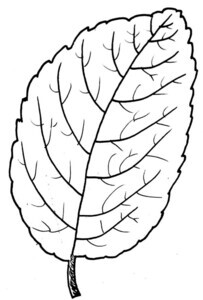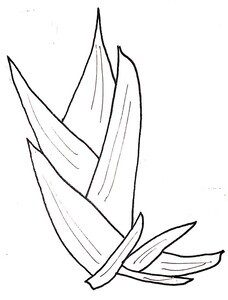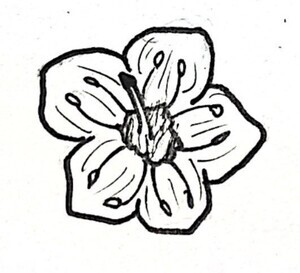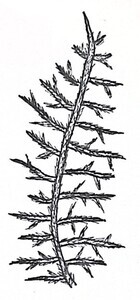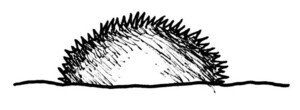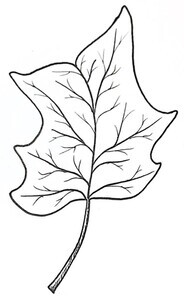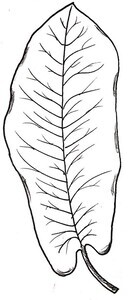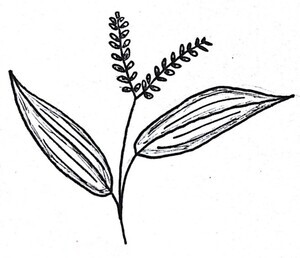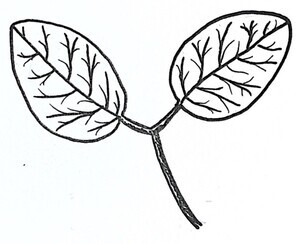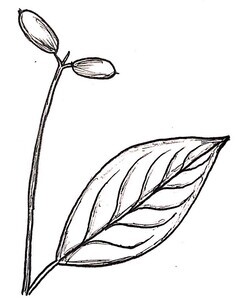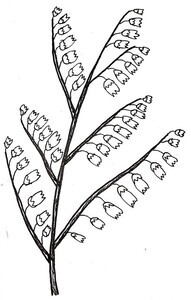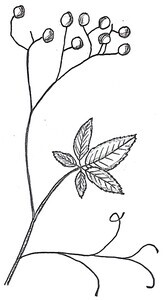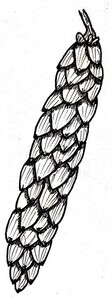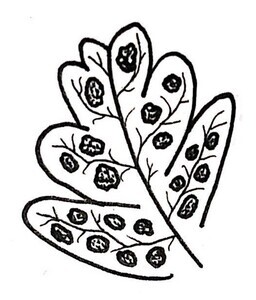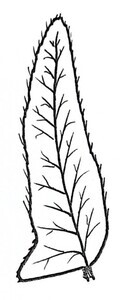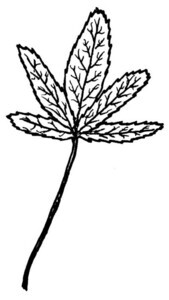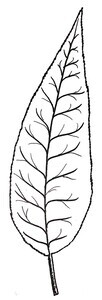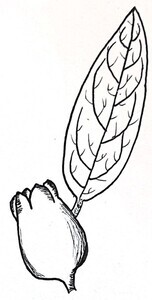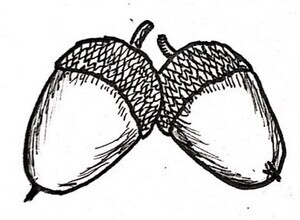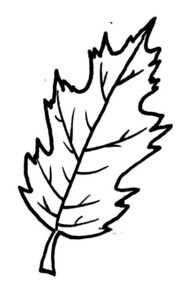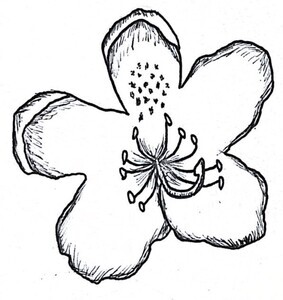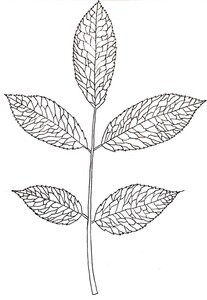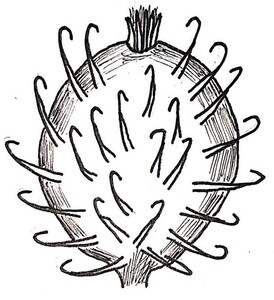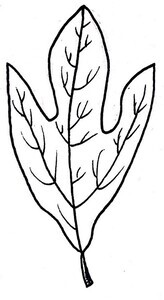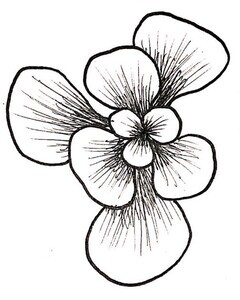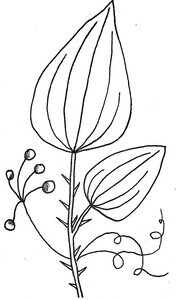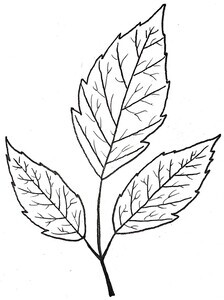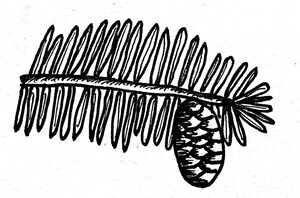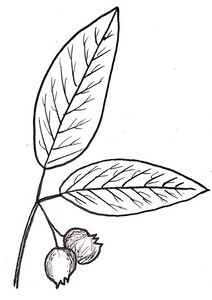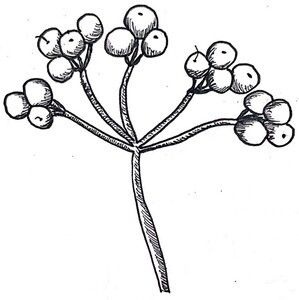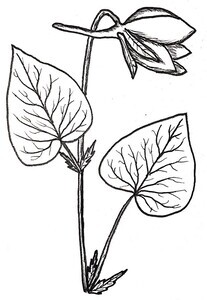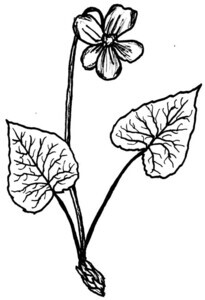Frustration
During the early stages of the Blights’ introduction and spread throughout the range of the American Chestnut, Ken discussed how the:
“American Chestnuts had zero defense against the Blight, and never needed to because American Chestnuts evolved in North America where that Blight didn’t exist until it came over on a ship and somebody, zoom [making hand gestures], shot it across multiple oceans.”
Ken
Ken further explained the emotions from the introduction that many Appalachians and people with vested interests in the American Chestnut who were working against the Blight felt:
“I’m sure they felt frustration that you can’t stop it, we have no tools to stop it. Cutting trees ahead doesn’t stop it, trying to treat trees, trying to cut off branches were infected, they tried all that at first and it just moved too fast and the fungus grew under the tree bark in the cambium layer so quickly just couldn’t stop it… I’m sure it was a sense of hopelessness, helplessness for it. To lose such a valuable tree to them for all its purposes…I’m sure they, it was disbelief, no way, how can you kill all these trees, but when they saw it happening.”
Ken
The idea of frustration plays into the emotional political ecology of human control of nature which has been greatly discussed by various researchers in the field of political ecology and economy but sometimes lacks the contributions of emotional geographical research as the human-chestnut ecologies could contribute (Weber, 2019; Haff, 2014).
